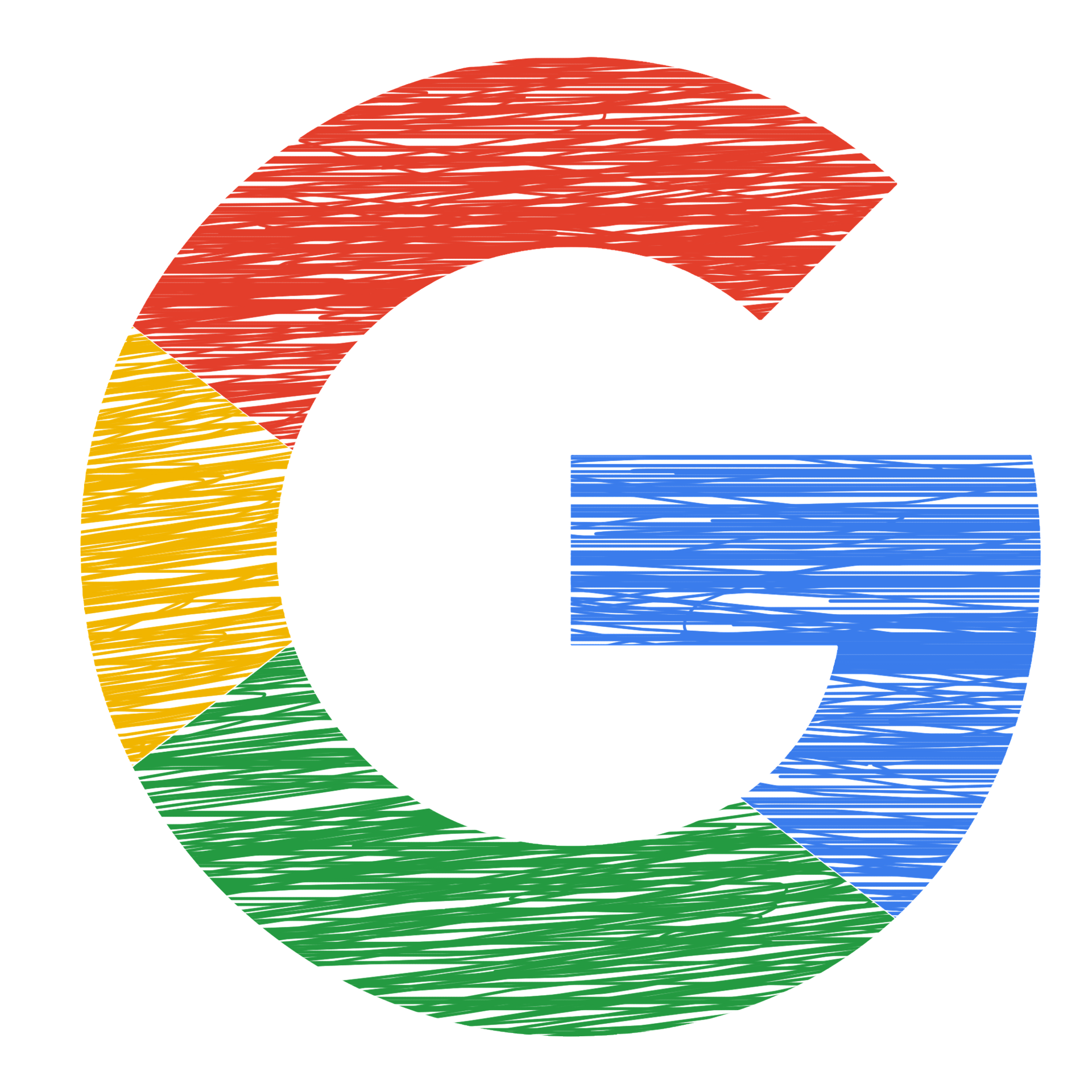The latest beta version of Play Services was released last night, showing that Google is developing a search network function called Spots on “My Device”, which is used by Android phones to track other devices. In this post, I decompiled the latest version of the app uploaded by Google to the Play Store. Decompiling these files (called APKs for Android applications) provides a few lines of code that hints at future functionality. Google may or may not release this feature, and Google’s explanation may be incomplete. However, you can show what it would be like if someone sent you a message before the end. Remember this and keep reading.
Currently, “Find My Device” requires an internet connection, so the phone must be connected to a Wi-Fi or mobile data network to find it. This method works in most cases, but Apple’s Find My network goes a step further, allowing devices to transmit Bluetooth signals even when they are disconnected. Any other iOS device can receive the signal and transmit the signal and location to the cloud so that you can find the lost device in more situations. Google now seems to be using its 3 billion Android devices to create a similar network. “For Play Services, we enabled the “Find my device’s network” setting on 21.24.13 to activate or deactivate this feature. Please note that it is different from the main switch “Find My Device”. So you can exclude your phone from being used as a relay. Today’s web is designed to help you find “other” devices. It is not clear whether this only applies to phones, tablets, watches, headsets, or whether object trackers such as dedicated AirTag can be used. If you look closely, the API behind the Find My Devices network is called Spot.
The basis for the way they work is encryption and the use of keys that change every few hours. At the same time, Spot is connected to the Eddystone protocol developed by Google in the mid-2010s for “proximity beacon messages.” At that time, Google set out to create a “physical network” to allow real-world objects to interact with your phone. Examples include getting bus schedules at bus stops, getting guides at museums, and free Wi-Fi. However, these notifications are increasingly being used for spam, and Google disabled the ability of Android phones to receive nearby notifications in 2018. We also believe that there will be a separate “Spot” application with a fuzzy triangle icon, which is white. Centered, as shown in the cover image above, and emits a deeper blue.
The exact purpose of this application (with a logo prompting scan/distance operations) and the relationship with the current Android Find My Device client is not clear, but it can help locate things more accurately on the web. Google was founded in September 1998 by Larry Page and Sergey Brin, who received PhDs. Student at Stanford University in California. In total, they own approximately 14% of publicly traded shares and control 56% of shareholders’ voting rights in these shares. The company was established in 2004 through an initial public offering (IPO). In 2015, Google was reorganized as a subsidiary of Alphabet Inc. Google is Alphabet’s largest subsidiary and the parent company of the two companies. The attributes and benefits of the Internet alphabet. Sundar Pichai was appointed Google’s CEO on October 24, 2015, succeeding Larry Page, who became Alphabet’s CEO. On December 3, 2019, Pichai will become Alphabet‘s CEO.

